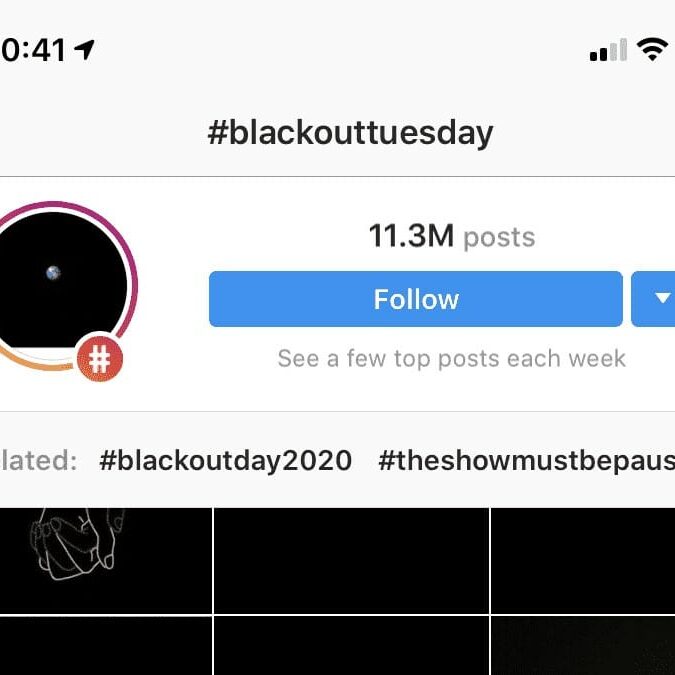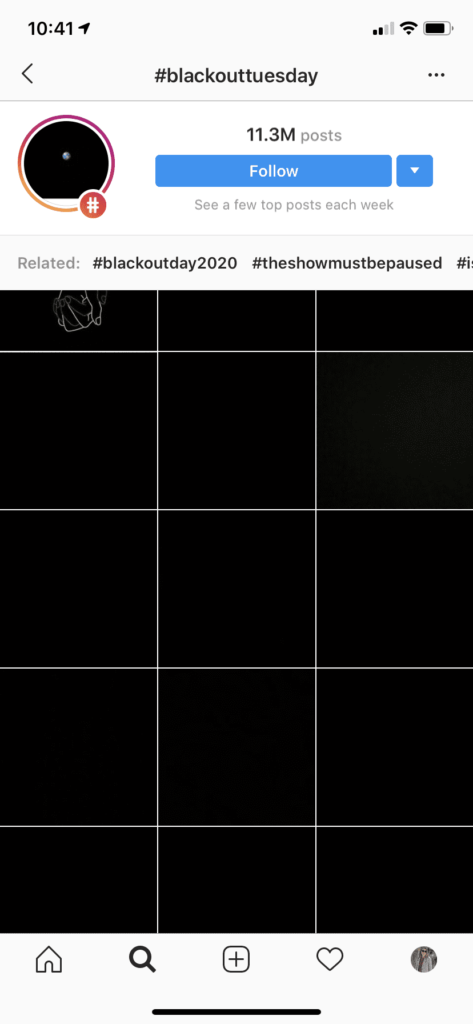
The problem with virtue signalling
Can an Instagram graphic end racism?
Virtue signalling is opposing or supporting an opinion on social media platforms about certain political or social issues in a way that makes you seem superior to the rest of the world, condemning others for being ignorant. This act attracts the attention of people who agree with your opinion, and makes it easy for people to look like they are doing something useful for social justice movements when they really aren’t.
What’s so wrong about it?
In an age of addictive online content and personal branding, social justice is a valuable currency. It may seem morally good for an individual or group of people to show their support for positive change in the world, so virtue signalling is not immediately offensive.
But in many cases, virtue signalling is a self-serving act rather than an altruistic one. It is easy to support or oppose a social justice cause simply by posting a picture, video or even a few words. However, nothing is being done in real life to support the cause. For example, the website Dazed reported last summer about white Instagram influencers attending Black Lives Matter (BLM) protests simply to take photos of themselves for social media.
As these online celebrities post opinions about certain issues to show their followers they support positive change, they rarely use the power they have to do the real, consistent work to help important causes like BLM.
Reflections on June 2020
To many, the Democrats’ act was virtue signalling at its finest: Powerful people making a meaningless gesture benefitting nothing besides their own public image. It was a display of support for BLM, yet this gesture felt shallow against the backdrop of horrific police brutality happening at the time against peaceful BLM protestors.
Another example of virtue signalling from famous people was on June 11, 2020. The band Lady Antebellum changed their name to Lady A. The band made this change because the word antebellum refers, often in a nostalgic way, to a time in the Deep South before the American Civil War when slavery was still legal. Lady A, however, is also the stage name of Black female blues artist Anita White, who has used the name for more than 20 years. But White’s objections did not stop the country music group from using the name Lady A. They even filed a lawsuit against White in July 2020 for having the same name as them.
Blackout Tuesday

Another problem with virtue signalling is the over-inflation of certain messages or symbols, like a hashtag, where the true cause behind the symbol gets overlooked.
In June 2020, millions of Instagram users posted a plain black square to show support for the BLM movement. This idea was originally created by music executives Jamila Thomas and Brianna Agyemang to shut down the music industry’s daily business on June 2, 2020 in support of George Floyd, Breonna Taylor, Ahmaud Arbery and all the victims of police brutality. Instagram users from all over the world started showing support by posting the black square and using the hashtag #BlackoutTuesday and #BlackLivesMatter.
“In an age of addictive online content and personal branding, social justice is a valuable currency.”
While many of these users who posted a black square may have thought they were doing their part to support the BLM movement, they instead created an information block since the BLM hashtag was meant for petition links, donation links and important resources for BLM. It was becoming hard for BLM supporters to find actual useful information since the hashtag was filled with plain black squares and no information.
Corporate virtue signalling
Virtue signalling is also a corporate tactic. Major worldwide corporations such as Adidas, Nike, Amazon, Microsoft, the National Football League and many others created online content in support of the BLM movement. However, these acts seemed to have been mainly done in favour of public relations and marketing efforts, not out of true care for the cause.
The use of social justice and human rights movements for corporate gains is not a new story: The term “pink washing” is used to describe companies co-opting 2SLGBTQ+ symbolism, namely the rainbow flag, to feign surface level support for 2SLGBTQ+ individuals.
In the case of BLM, many of the large corporations who showed their support have a majority white C-suite and very small percentage of Black employees. Google, for example, reported in their 2020 diversity report only 2.6 per cent of their staff in leadership roles were Black (white employees make up 65.9 per cent of their leadership positions). Google did announce, however, it would spend more than $175 million on racial equity projects. But again, the company came under fire in December 2020 when it fired (on seemingly unjust grounds) Timnit Gebru, a Black female employee who was the co-lead of an artificial intelligence research team.
Virtue signalling is an easy way to show support or to oppose social and political issues, however it is more harmful than helpful because it is becoming a replacement for physical action to create positive change. We must be reminded true change doesn’t come from an Instagram reel, no matter how well designed. Unlearning and rejecting anti-Black racism is work, and this work is essential to uphold the values we all claim to hold.






